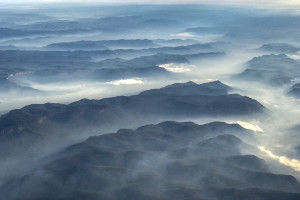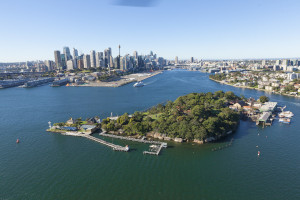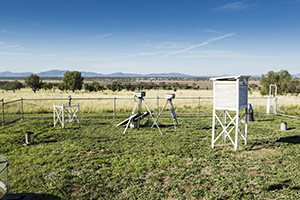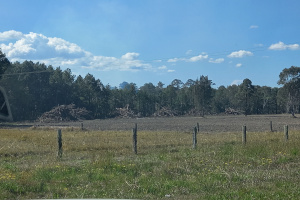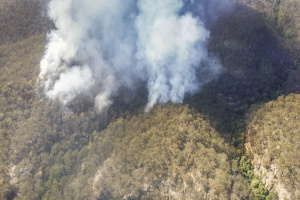NSW local government air quality toolkit
The NSW local government air quality toolkit provides information and guidance to help local councils manage air quality matters in their local government areas.
The Local government air quality toolkit (the Toolkit) primarily focuses on prevention and management of exposure to noxious air emissions that directly impact human health and the environment. It does not cover the reduction of greenhouse gases, which is largely addressed by the NSW Government through the Net Zero Plan.
The Toolkit was updated in 2023–24 by the Air Policy Unit in the NSW Department of Climate Change, Energy, the Environment and Water in collaboration with the NSW Department of Planning, Housing and Infrastructure; NSW Health; Local Government NSW; the NSW Environment Protection Authority; local councils and air quality consultants (Zephyr Environmental and EMM Consulting).
The updated Toolkit provides contemporary easy-to-access information about air quality management. It includes 4 core modules, 14 guidance notes, 4 visual guides, a practical resource pack and a glossary.
Note: The guidance provided is framed in terms of the broader context of local government administration. It is recognised that each council has its own procedures and internal administrative policies for processing development consent applications and dealing with key industries and businesses.
The case studies, checklists, example operational and control recommendations provided throughout the technical guidance notes and resource pack in the Toolkit are for illustrative purposes and include information to help councils regulate in a fair, consistent and transparent way. Compliance with the Toolkit may not be possible or appropriate in particular cases. Readers should not rely on the Toolkit as indicating the procedure that appropriate regulatory authorities, authorised officers and enforcement officers will follow in all cases. This Toolkit does not cover all regulatory tools under key environment protection legislation and is not a substitute for a thorough understanding of the legislation that council officers administer, for appropriate training or for the need to obtain councils’ own legal advice.


